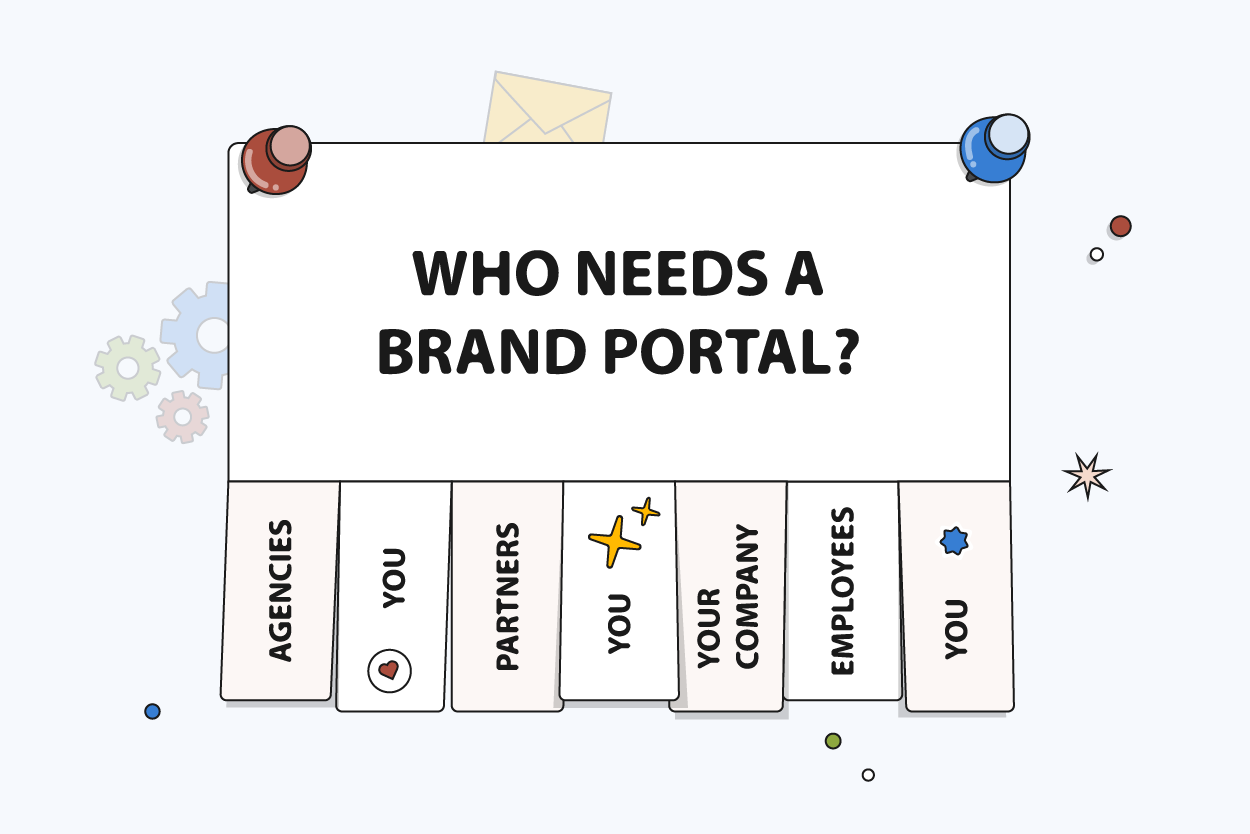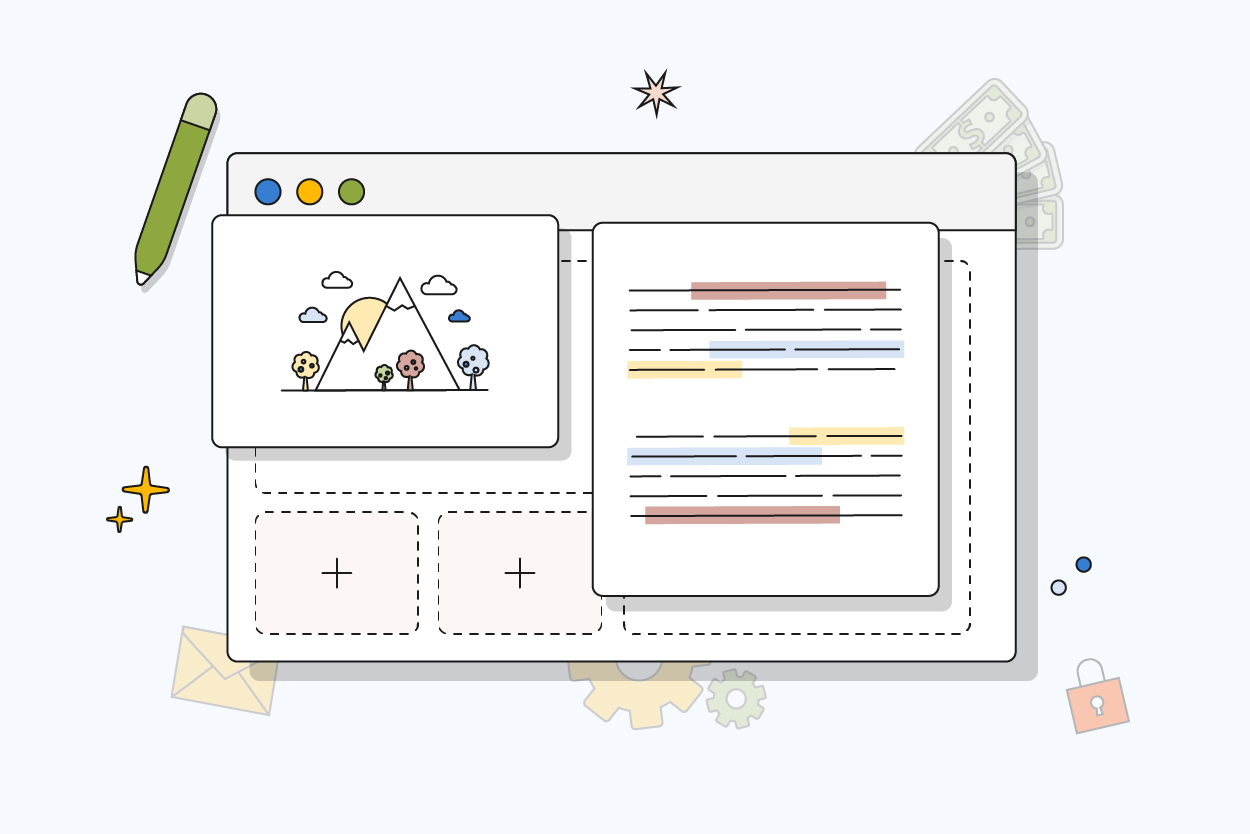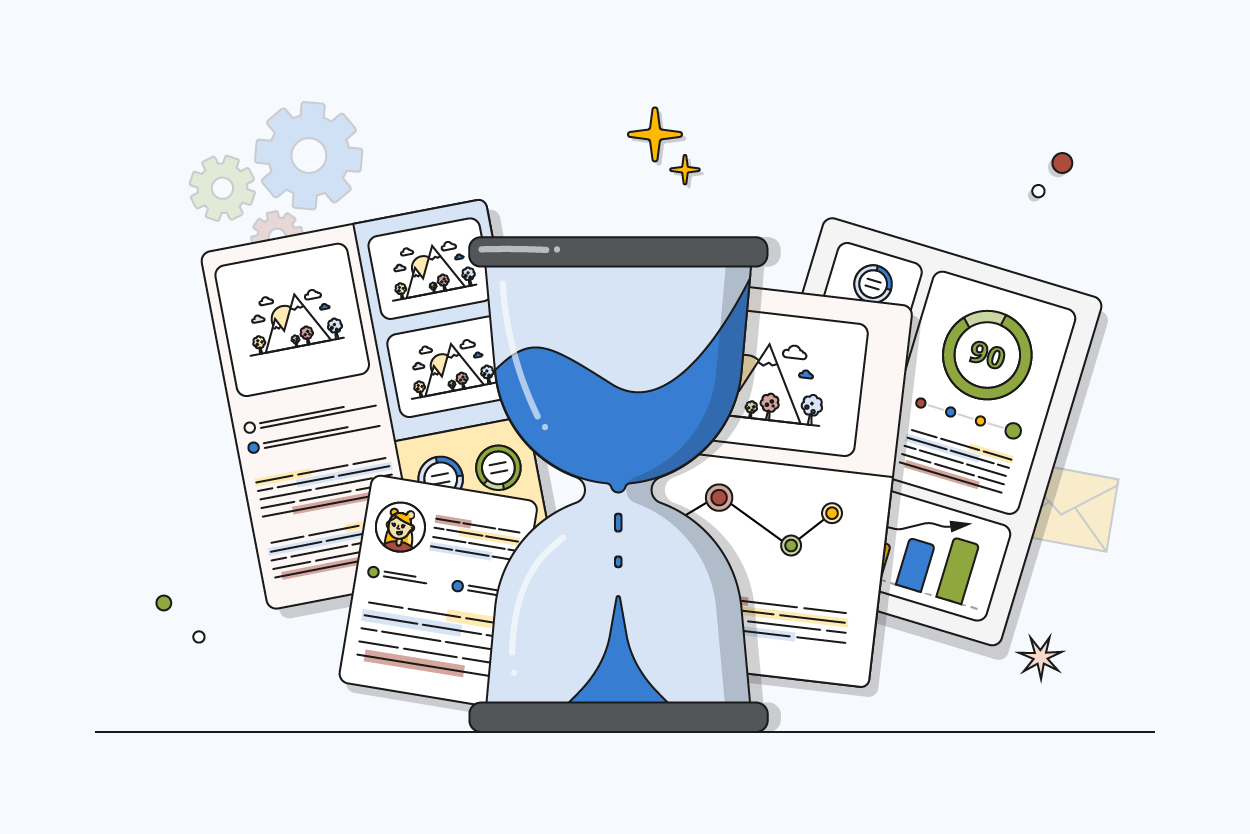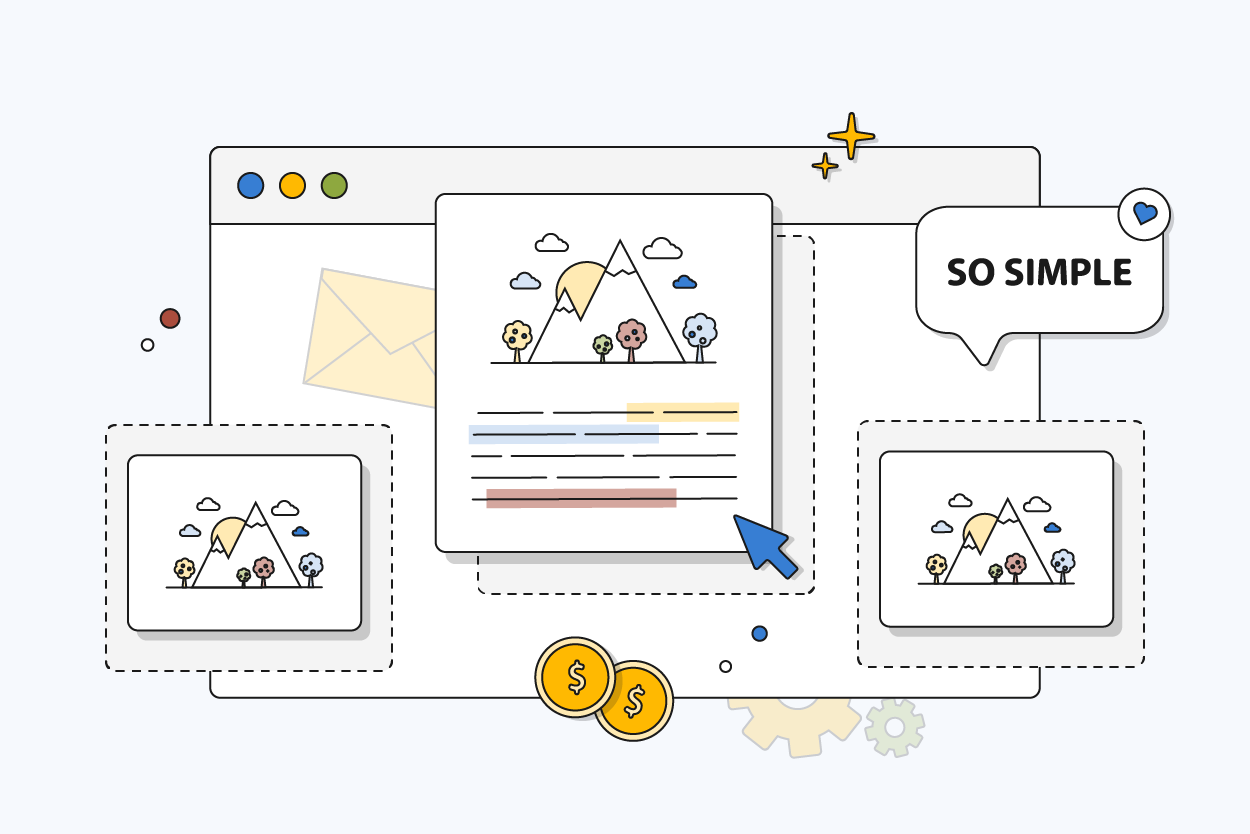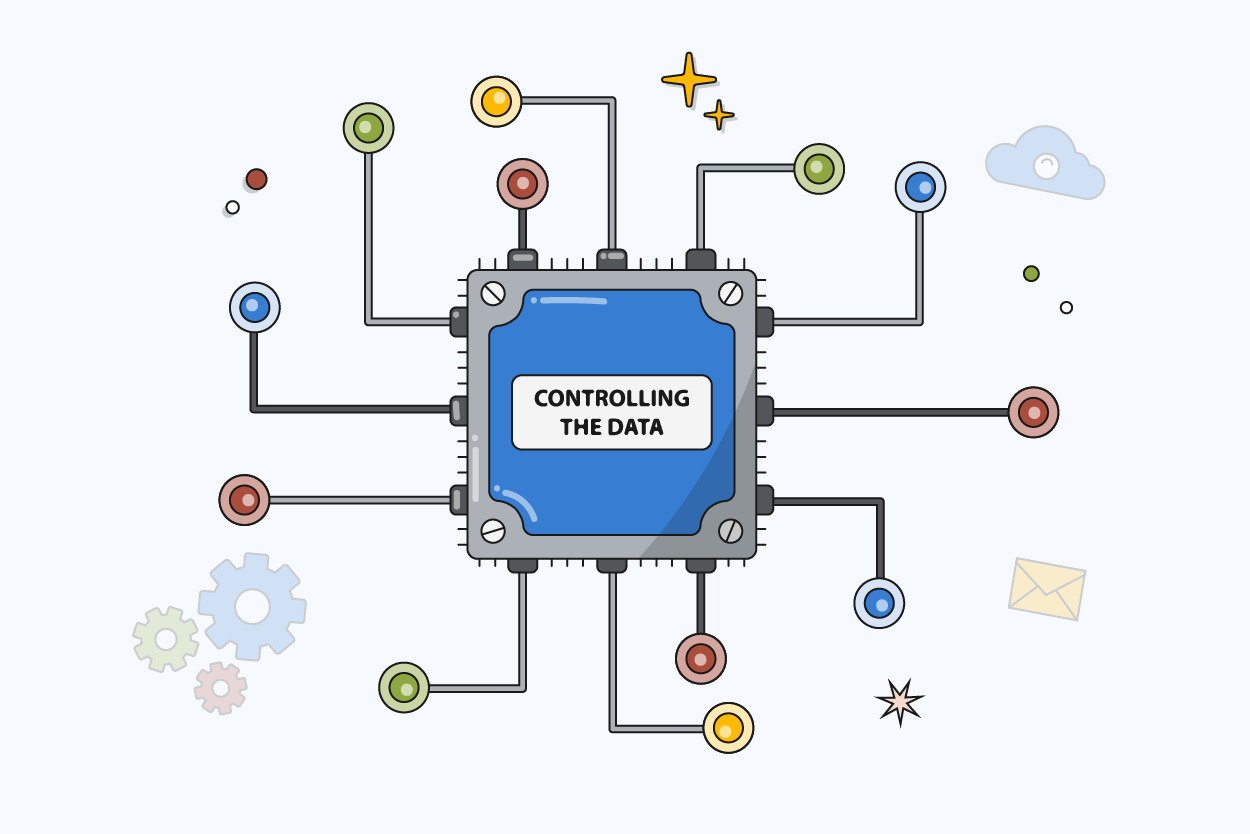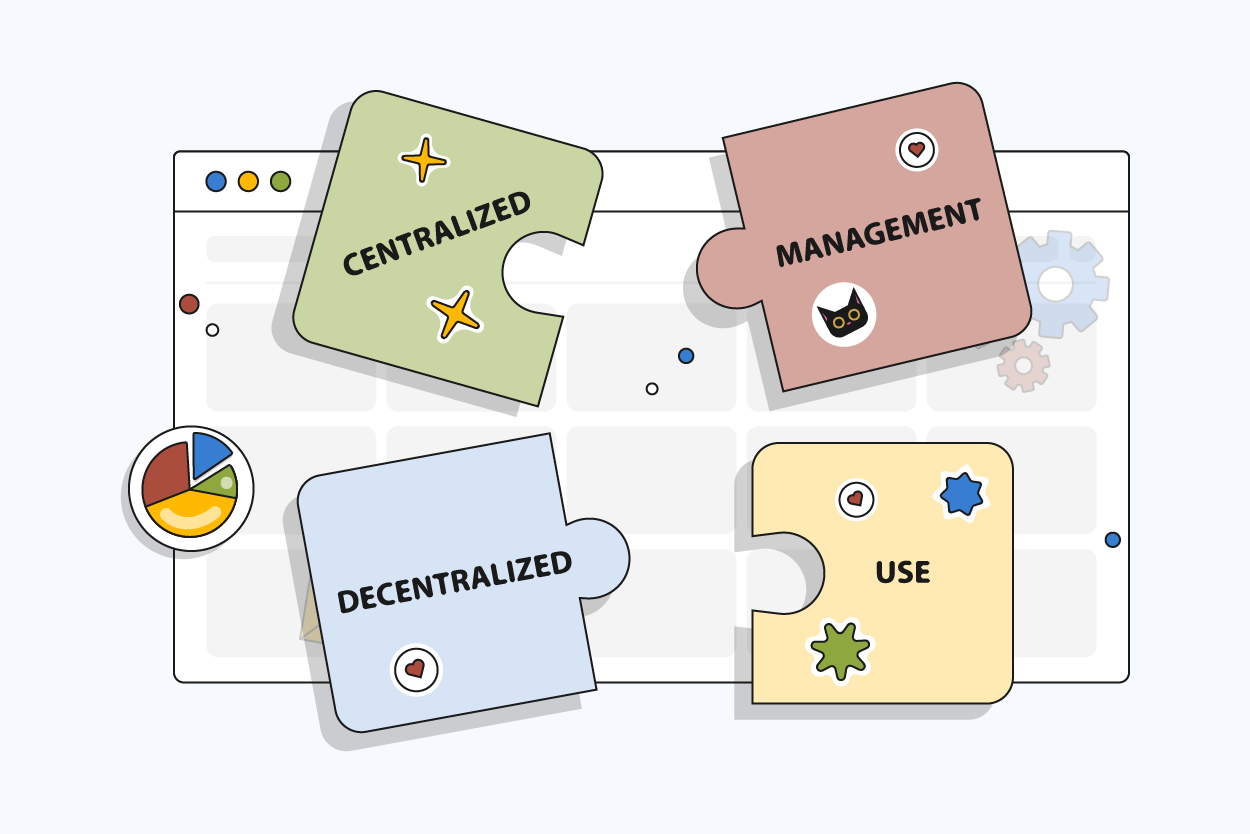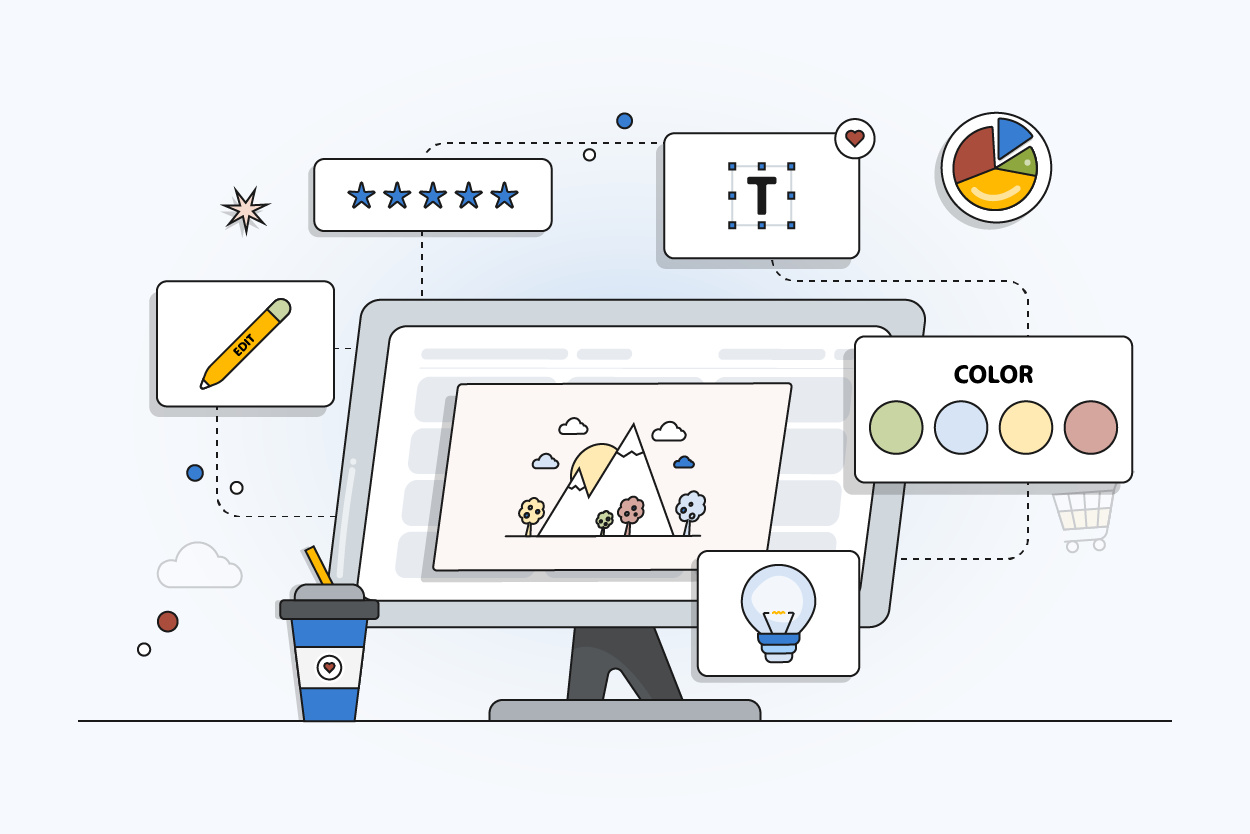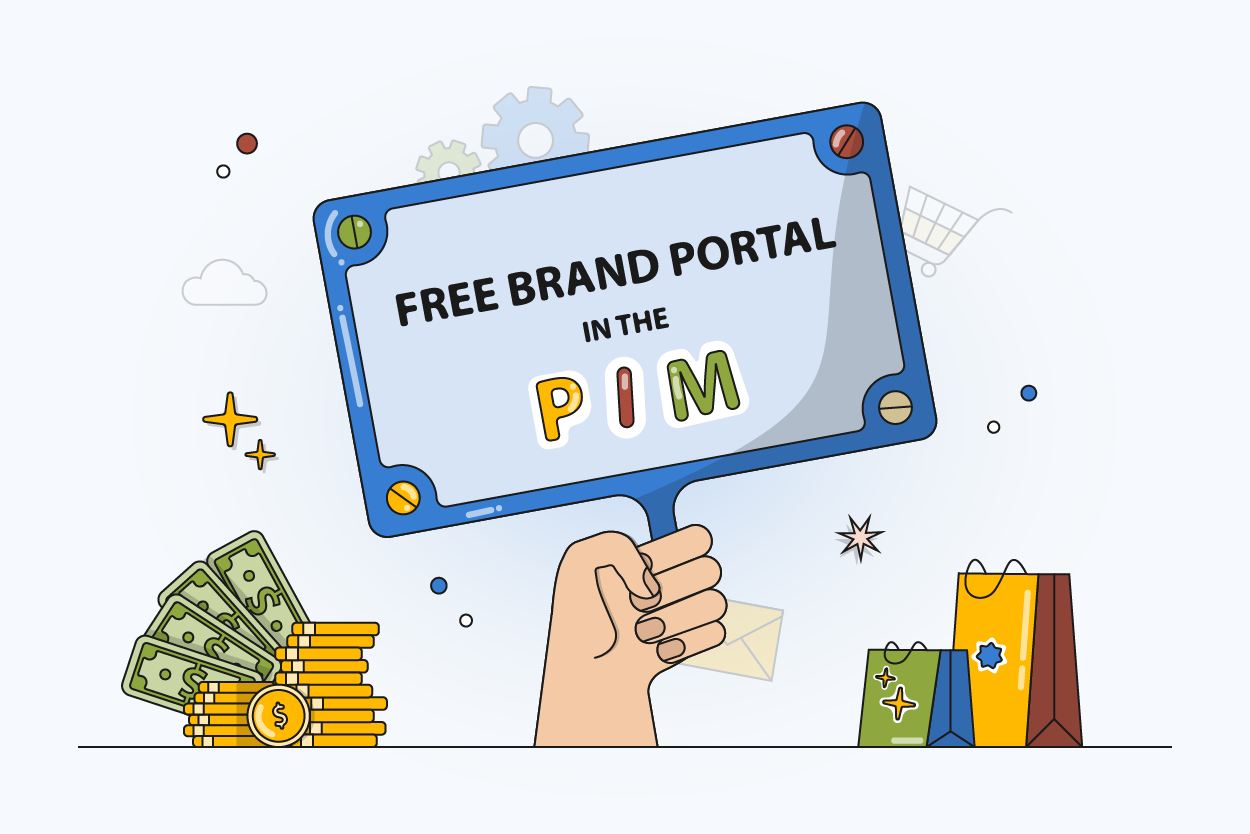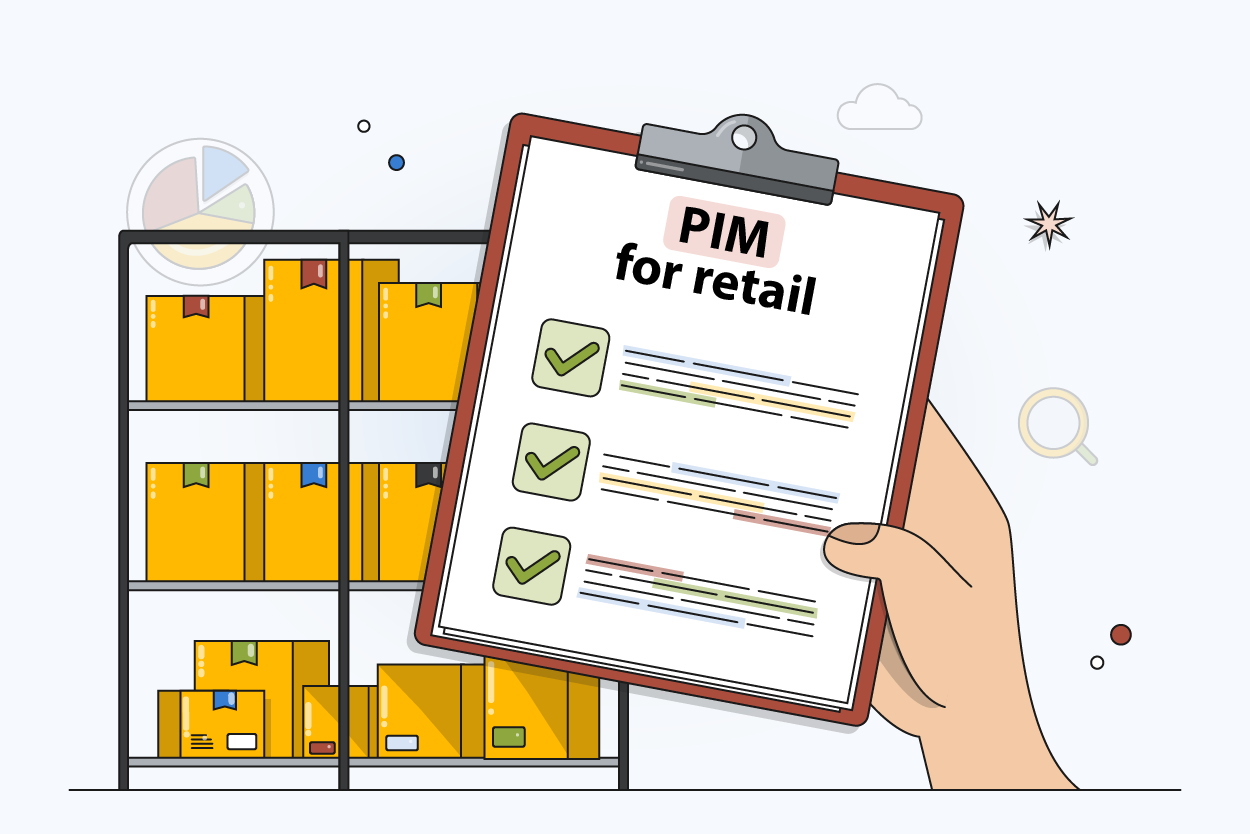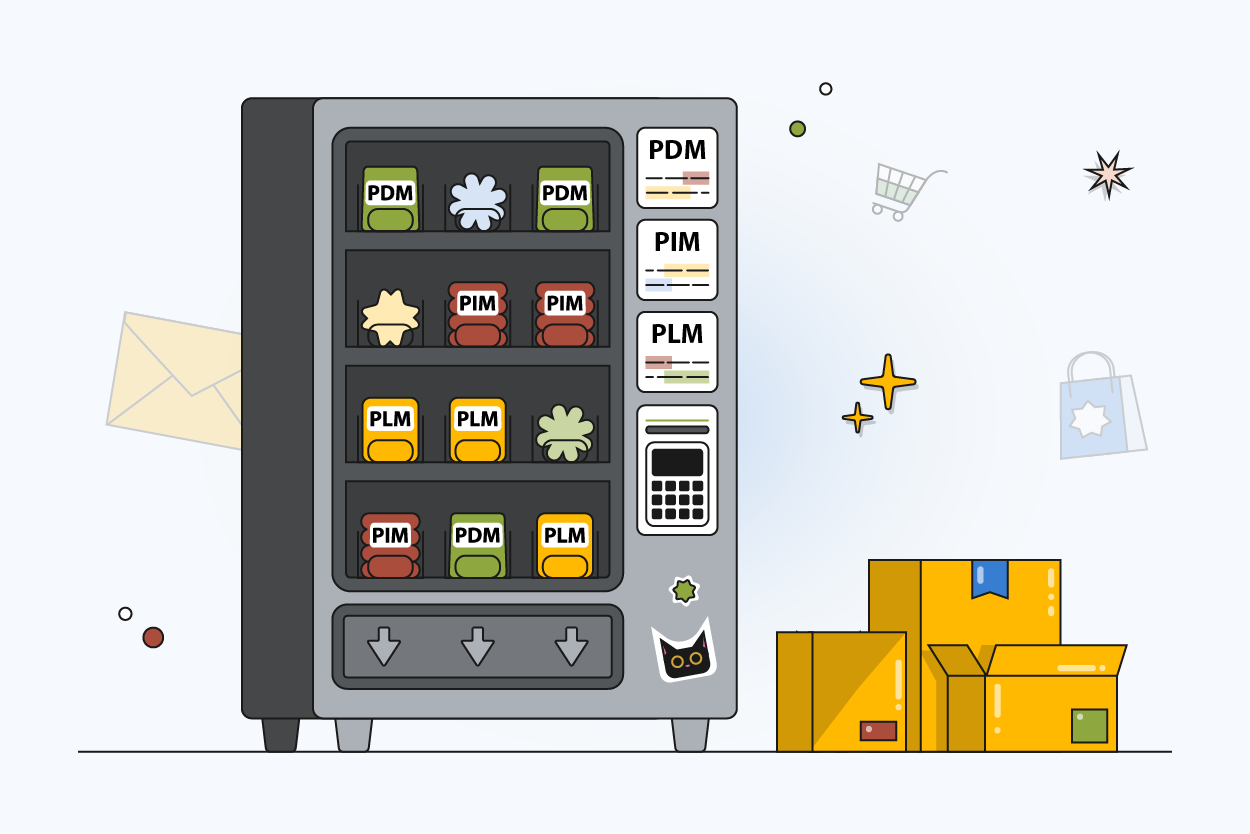PIMinto Brand Portals
Showcase your products and share digital assets.
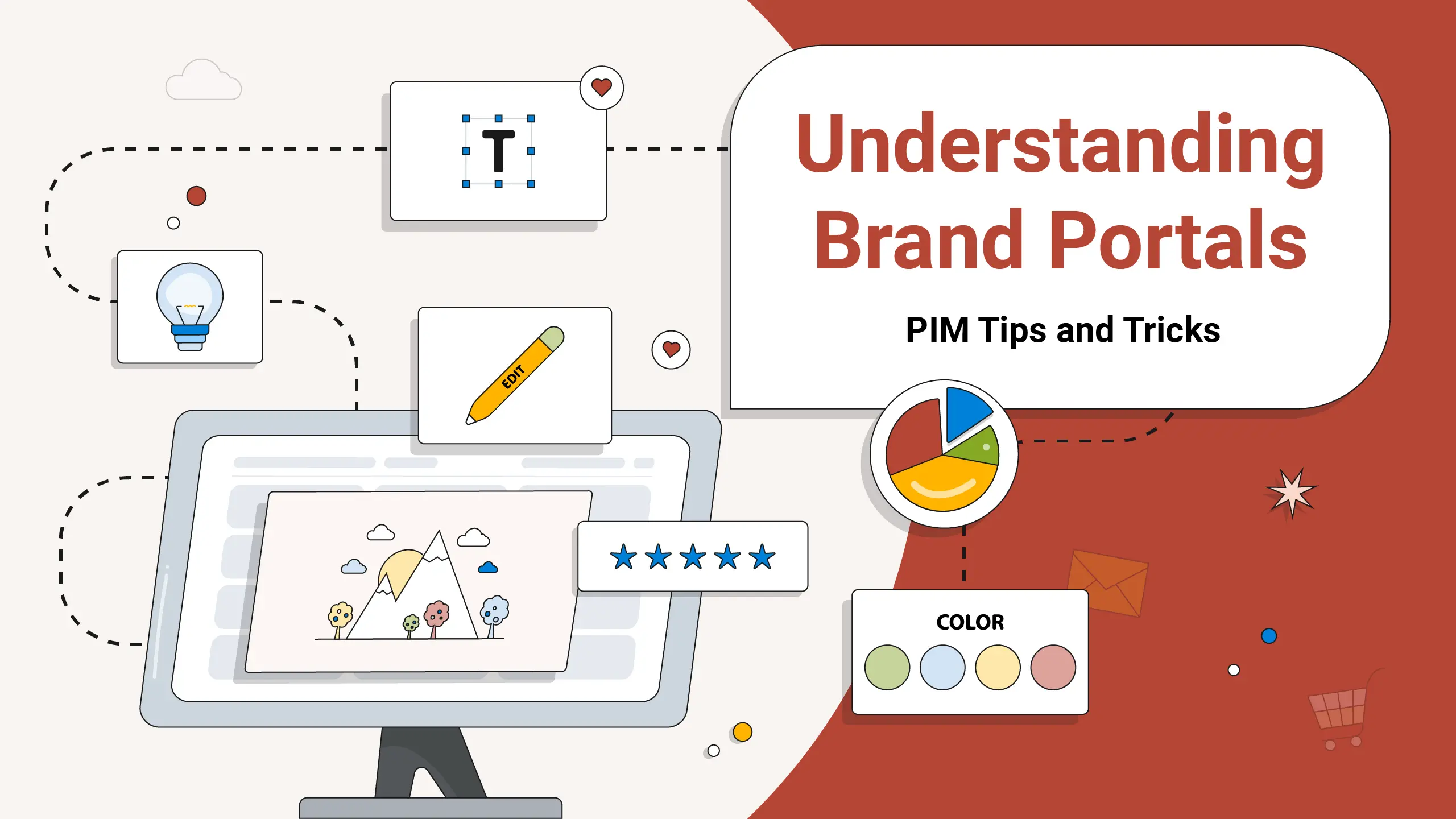
Key Functionality of a Brand Portal
Easy to access and navigate using product category, search and advance filtering based on product information.
Brand Portals provide a consistent brand representation through the use of custom style sheets and images that can be applied.
The brand portal provides 24/7 access to up to date product information. Users can browse and explore whenever they want.
With the brand portal, you can share media files, guides, manuals, and other assets without limits.
Generate product and line sheets for selected products based on the data from the PIM system allowing users to explore and compare products.
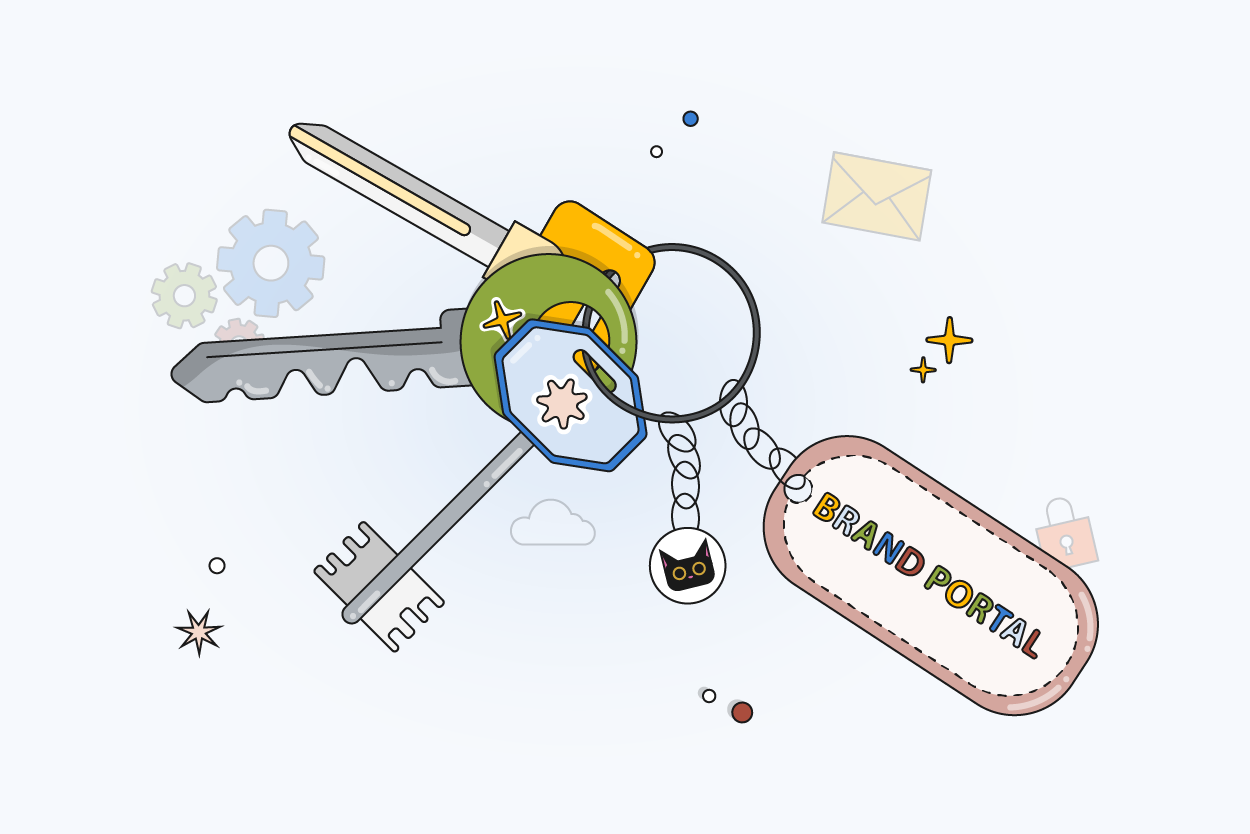
Ready to Streamline Your Product Distribution?
See how brand portals can eliminate manual tasks and empower your sales teams.
Who Can Use a Brand Portal
The brand portal serves as a valuable resource for departments inside the company and those who engage with it from the outside. Inside and Outside Sales Teams, Digital Marketers, Dealer Representatives, Dealers, resellers, and other entities that sell your products need brand portals to obtain product information and assets on demand.
Brand portals benefit everyone in the company that needs access to brand and product information. This includes the marketing teams inside and outside sales representatives, product managers, support staff and more.
With access to brand portals, distributors receive the latest product and promotional information, digital assets and creatives. Additionally they can easily compare products to understand your product line better. This aids in representing, selling and marketing of your products and providing the best end consumer experience.
When media representatives have access to your brand portal, they will have access to the latest brand and product information. They can use these materials when communicating with others about your products or while portraying your products in the media.
